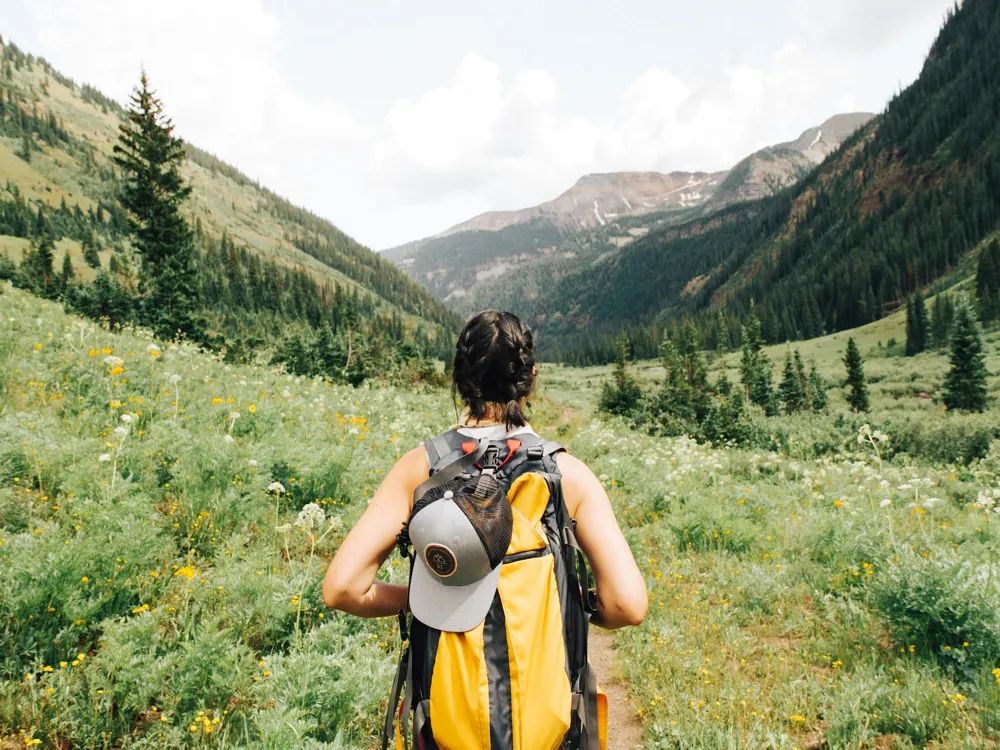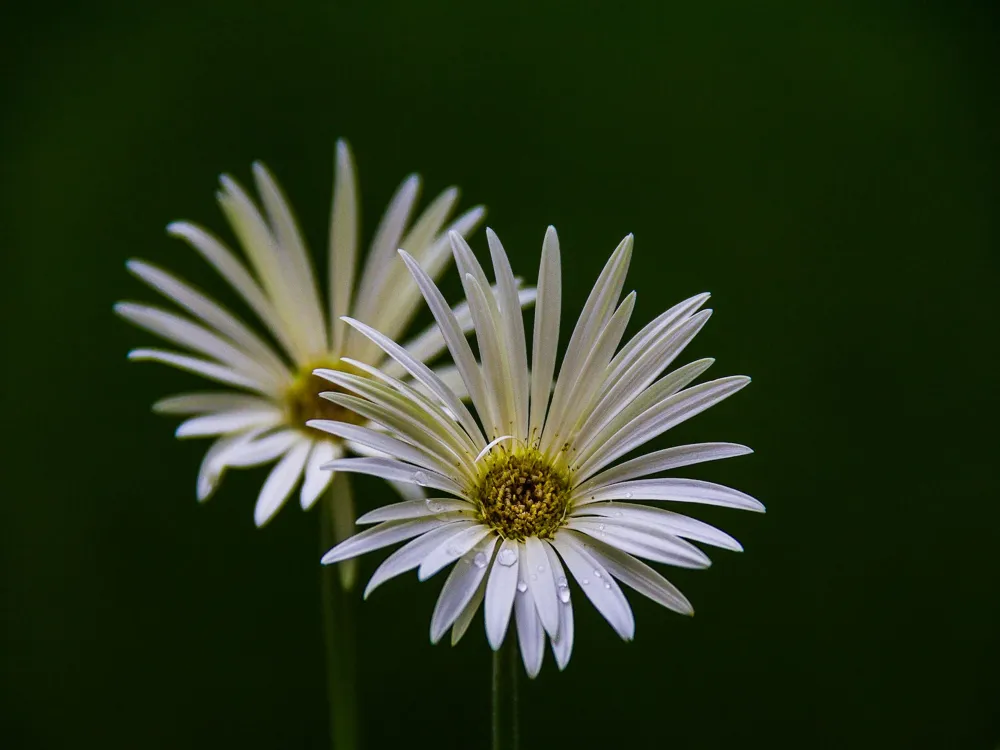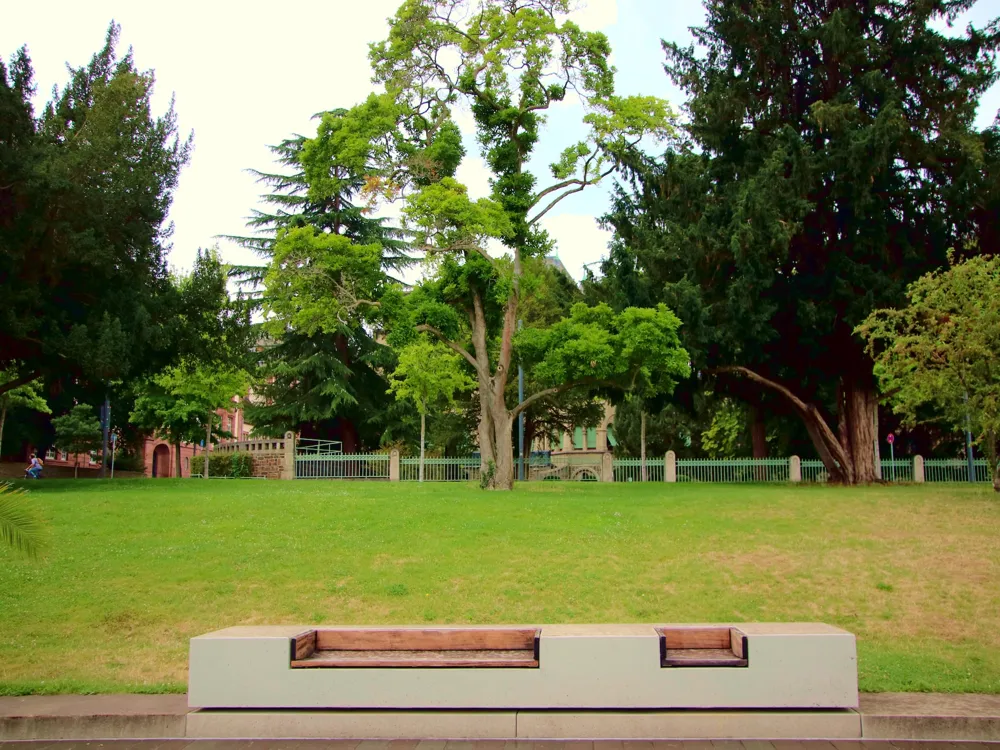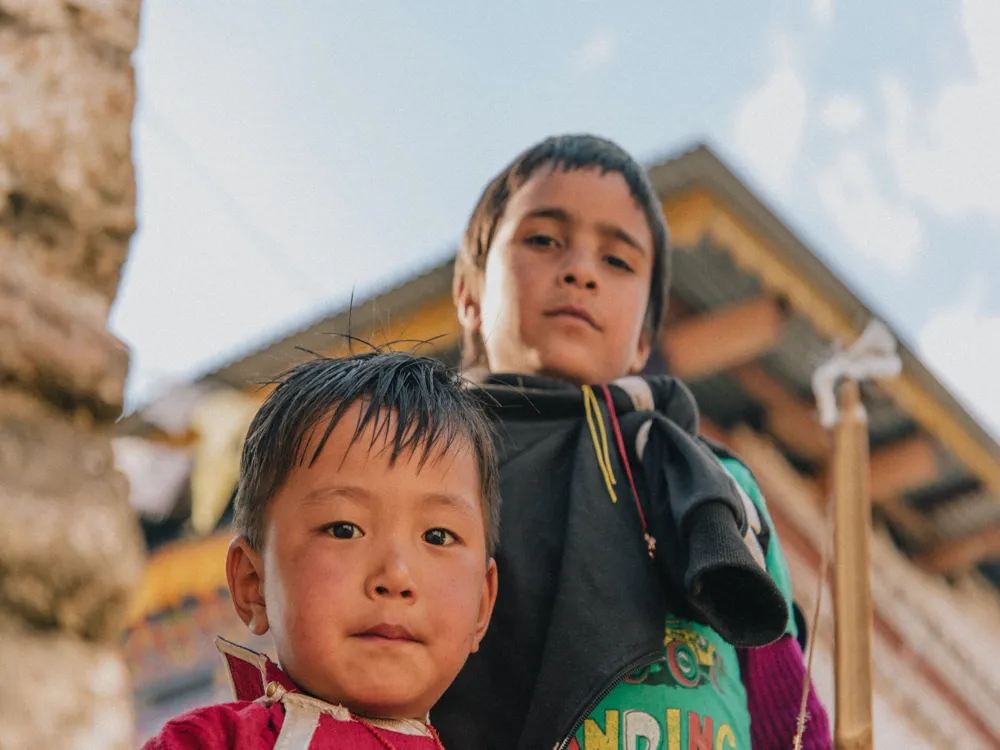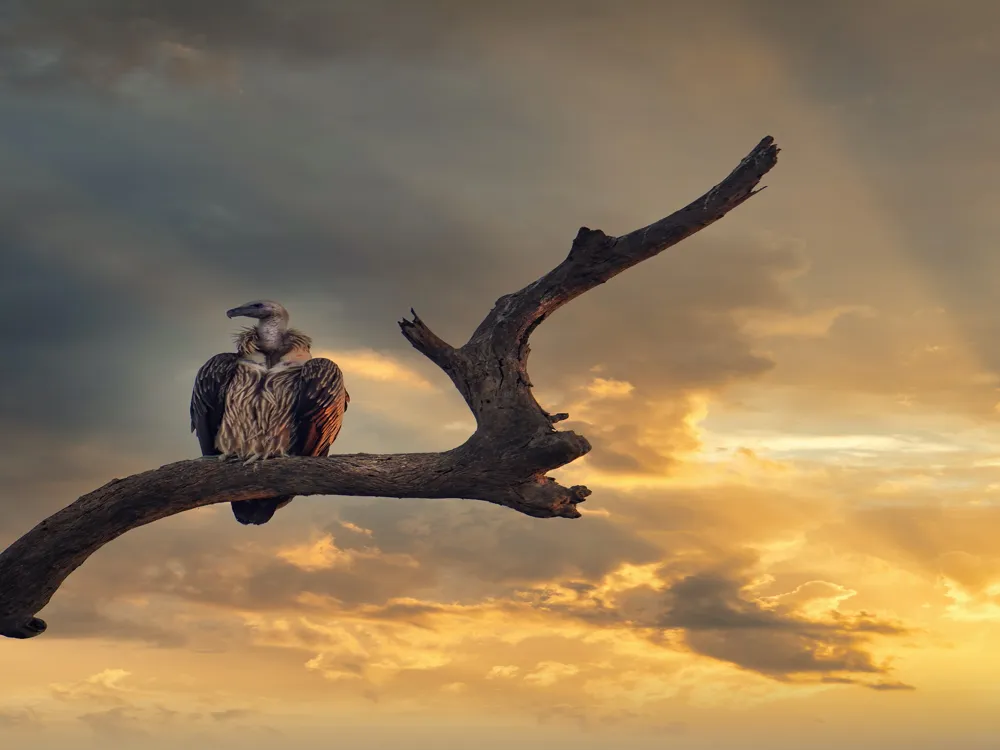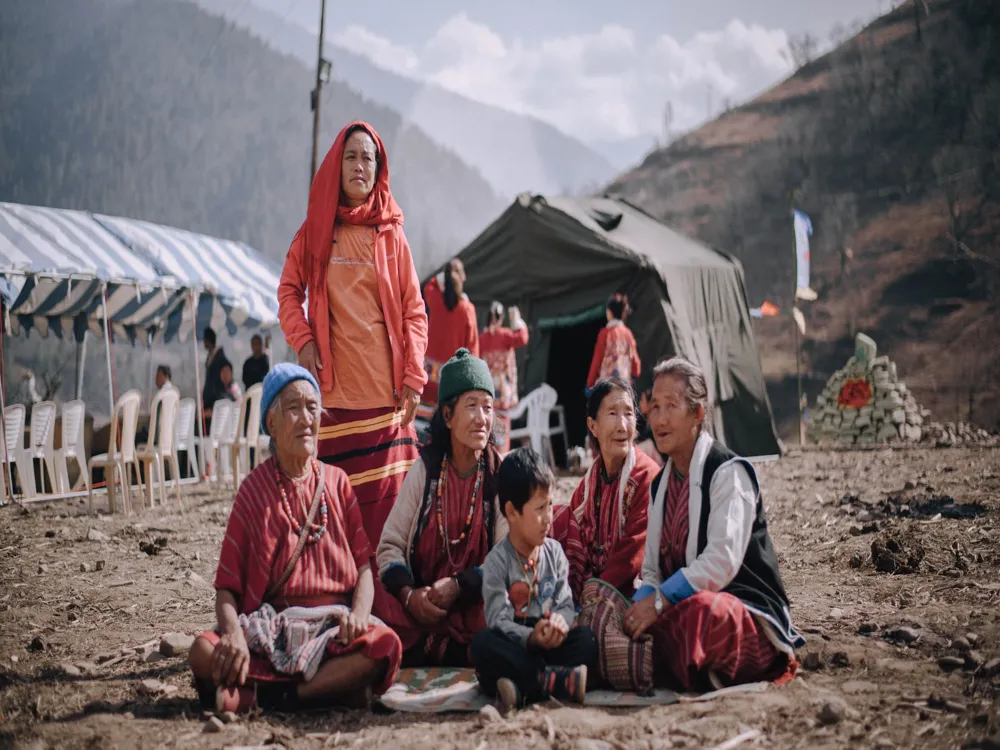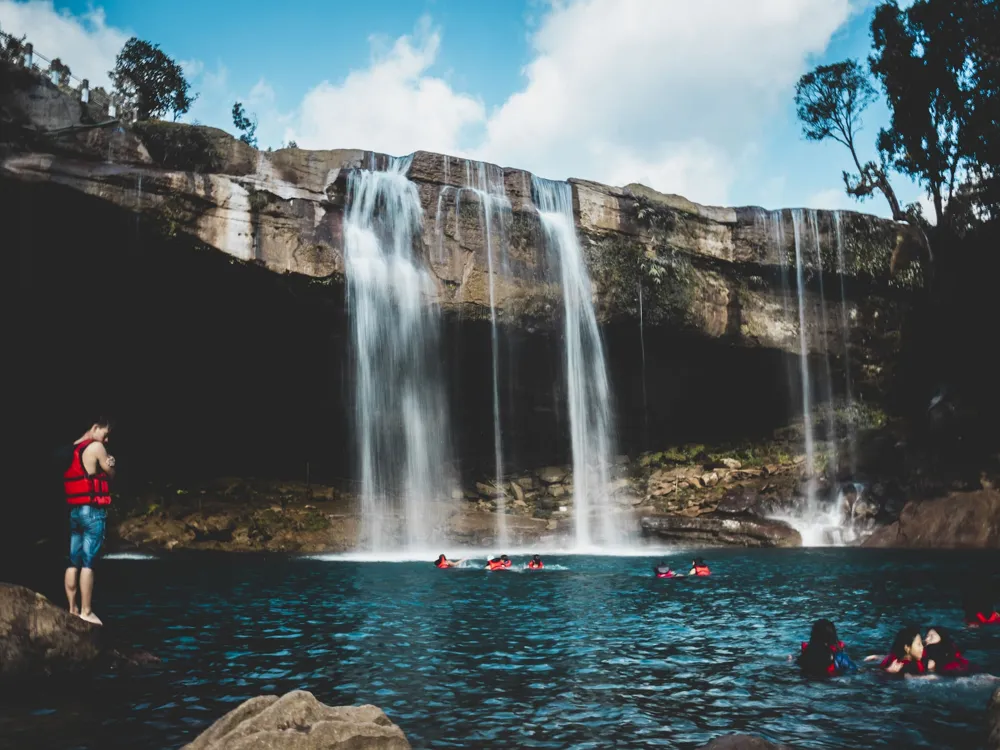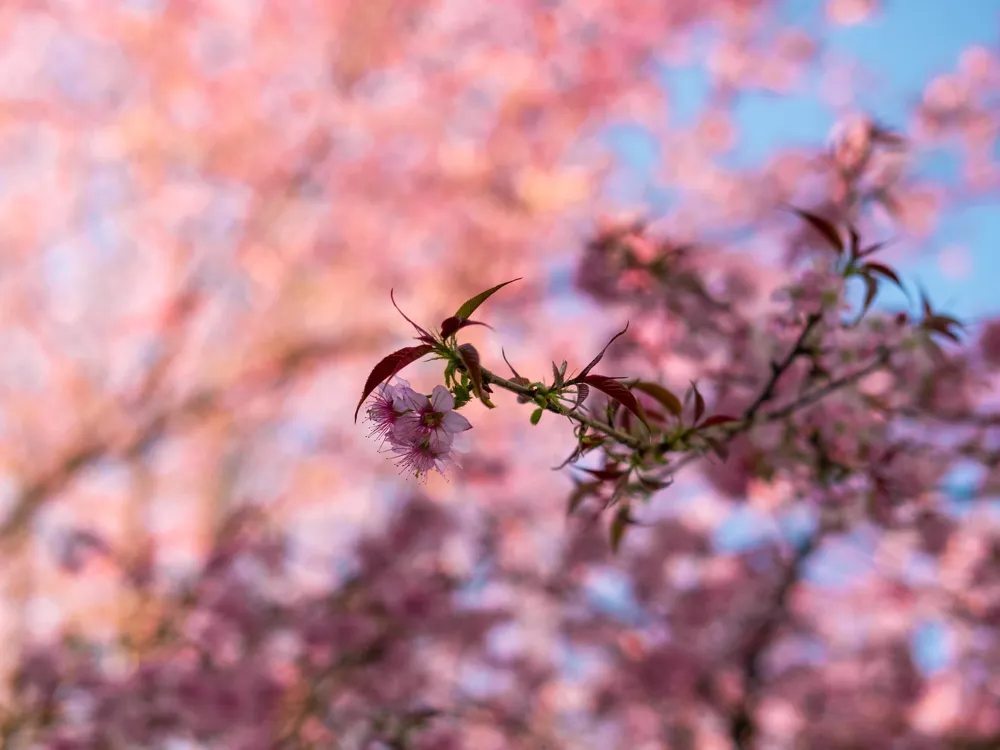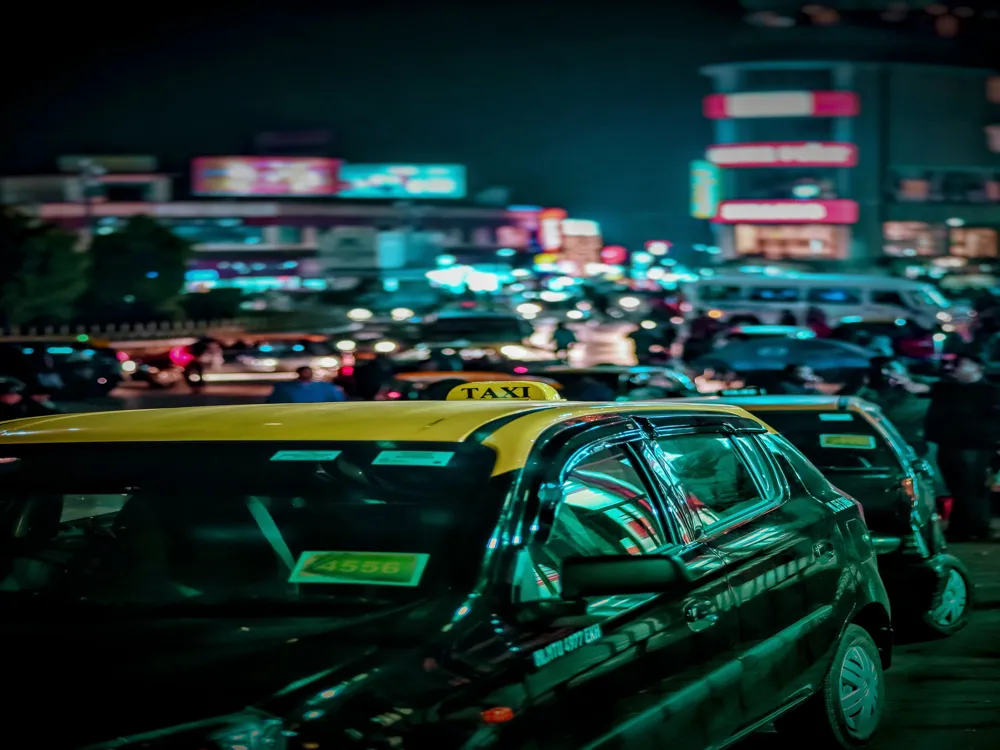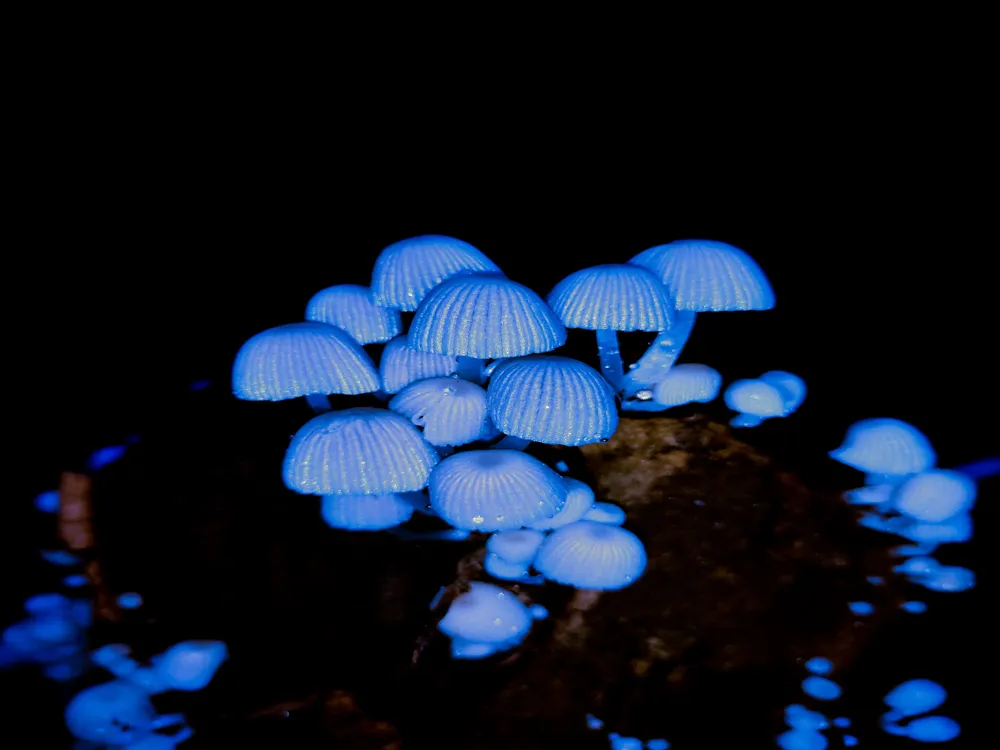Bhalukpong, a quaint town in the West Kameng district of Arunachal Pradesh, India, is a hidden gem waiting to be explored. Nestled in the Himalayan foothills and bordered by the dense forests of Pakhui Wildlife Sanctuary, this scenic town offers a perfect blend of natural beauty, cultural richness, and historical significance. The town's name is derived from an ancient ruler, Bhaluka, who once reigned in this region. The area's history is as fascinating as its landscape, with remnants of forts and other historical structures that tell tales of a glorious past. Visitors to Bhalukpong are greeted with a diverse array of experiences. The Kameng River, a tributary of the Brahmaputra, meanders through the town, adding to its picturesque charm. This river is not only a source of scenic beauty but also a hub for adventure sports like river rafting and angling. The region's flora and fauna are diverse and thriving, thanks to the town's proximity to the Pakhui Wildlife Sanctuary, making it a haven for nature lovers and wildlife enthusiasts. In addition to its natural splendor, Bhalukpong is culturally significant. It serves as a gateway to the Tawang Monastery and is inhabited by the Aka (Hrusso) tribe, offering a unique insight into their rich cultural heritage. Bhalukpong's climate is another aspect that adds to its allure. The town experiences a temperate climate, with pleasant summers and cold winters, making it an ideal destination for tourists throughout the year. The best time to visit is from October to April, when the weather is most conducive for exploring and enjoying outdoor activities. Whether it's the tranquil ambiance, the verdant greenery, the whispering rivers, or the cultural vibrancy, Bhalukpong promises an unforgettable experience for every traveler. The architecture of Bhalukpong is a fascinating amalgamation of historical and cultural influences, reflecting the town's rich heritage. One of the most prominent architectural landmarks in Bhalukpong is the Bhalukpong Fort. The fort, though mostly in ruins now, stands as a testament to the ancient architectural practices and strategic thinking of the people of that era. Built on the banks of the Kameng River, this fort was primarily a defensive structure, designed to protect the town from invaders. The use of locally available materials like stone and wood in its construction is a remarkable feature of this fort. Apart from historical structures, Bhalukpong's architecture is heavily influenced by the indigenous Aka tribe. The traditional Aka houses, known as 'Anga', are unique in their design and construction. Made primarily of bamboo and cane, these houses are built on stilts and have thatched roofs, a design well-suited to the region's climatic conditions. The houses typically have a central living area, surrounded by bedrooms and a kitchen. Intricate carvings and vibrant colors often adorn these houses, reflecting the tribe's artistic skills and aesthetic sensibilities. The influence of Tibetan architecture is also evident in Bhalukpong, especially in the religious structures like monasteries and stupas. These structures are characterized by their vibrant colors, intricate designs, and use of symbols like the prayer wheel and flags. The Tawang Monastery, though not in Bhalukpong, has a significant influence on the region's architectural style. This monastery, one of the largest in India, showcases the grandeur and intricacy of Tibetan Buddhist architecture, with its majestic halls, intricate murals, and splendid statues of Buddha and other deities. When planning a trip to Bhalukpong, it's important to pack appropriately. Given the town's varying terrain and climate, it's advisable to carry both light and warm clothing. Rain gear is a must, as the region experiences frequent showers. Comfortable walking shoes are essential for exploring the area's rugged landscape. Don't forget to pack essential items like a first-aid kit, insect repellent, and a flashlight. Respecting local customs and traditions is crucial when visiting Bhalukpong. It's important to dress modestly and behave courteously. Seek permission before taking photographs of local people or their homes. When visiting religious sites, remove your shoes and cover your head, if required. Learning a few words in the local language can go a long way in showing respect and building rapport with the residents. Bhalukpong offers a range of adventure activities like river rafting, trekking, and angling. It's important to engage in these activities under the guidance of experienced professionals. Ensure that you have the necessary equipment and training before embarking on any adventurous endeavor. Always prioritize safety and follow the instructions provided by your guides. Bhalukpong is well-connected by road, rail, and air, making it easily accessible for tourists. The nearest airport is at Tezpur in Assam, which is about 52 kilometers away. Regular flights connect Tezpur to major cities like Guwahati, Kolkata, and New Delhi. From Tezpur, you can hire a taxi or take a bus to reach Bhalukpong. The nearest railway station is at Rangapara, about 60 kilometers from Bhalukpong. Trains from major cities in India stop at Rangapara, from where you can take a taxi or bus to reach the town. Bhalukpong is also accessible by road from neighboring states and major cities. The roads are well-maintained, offering a scenic drive to the town.Overview of Bhalukpong, Arunachal Pradesh
Architecture of Bhalukpong
Tips When Visiting Bhalukpong
Travel Essentials
Cultural Etiquette
Adventure Activities
How To Reach Bhalukpong
Sessa Orchid Sanctuary
Bhalukpong
Arunachal Pradesh
₹ 6,000 onwards
View bhalukpong Packages
Bhalukpong Travel Packages
View All Packages For Bhalukpong
Top Hotel Collections for Bhalukpong

Private Pool

Luxury Hotels

5-Star Hotels

Pet Friendly
Top Hotels Near Bhalukpong
Other Top Ranking Places In Bhalukpong
View All Places To Visit In bhalukpong
View bhalukpong Packages
Bhalukpong Travel Packages
View All Packages For Bhalukpong
Top Hotel Collections for Bhalukpong

Private Pool

Luxury Hotels

5-Star Hotels

Pet Friendly







